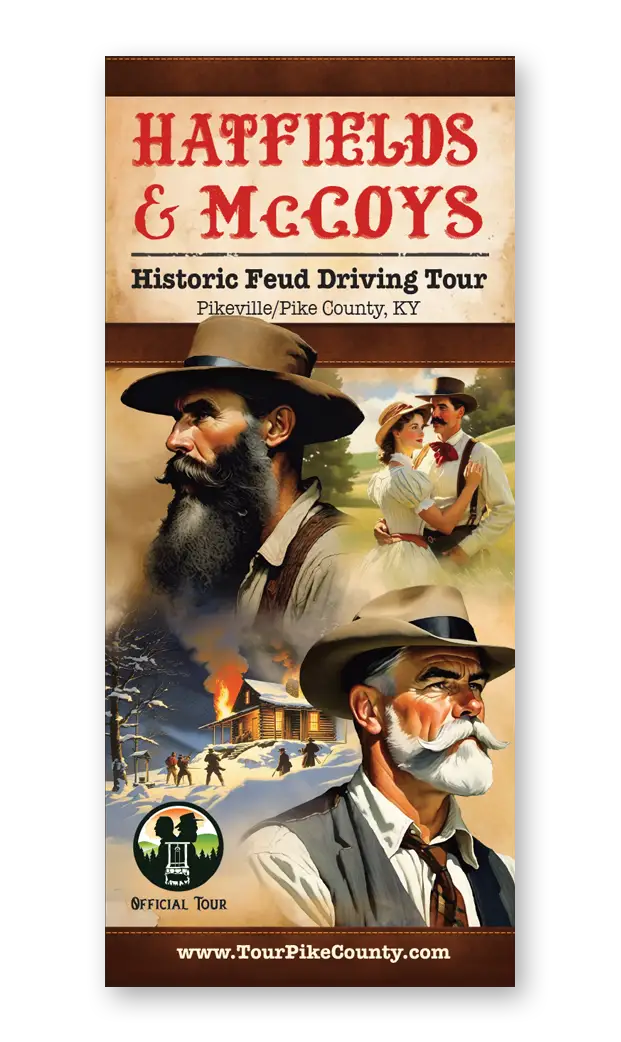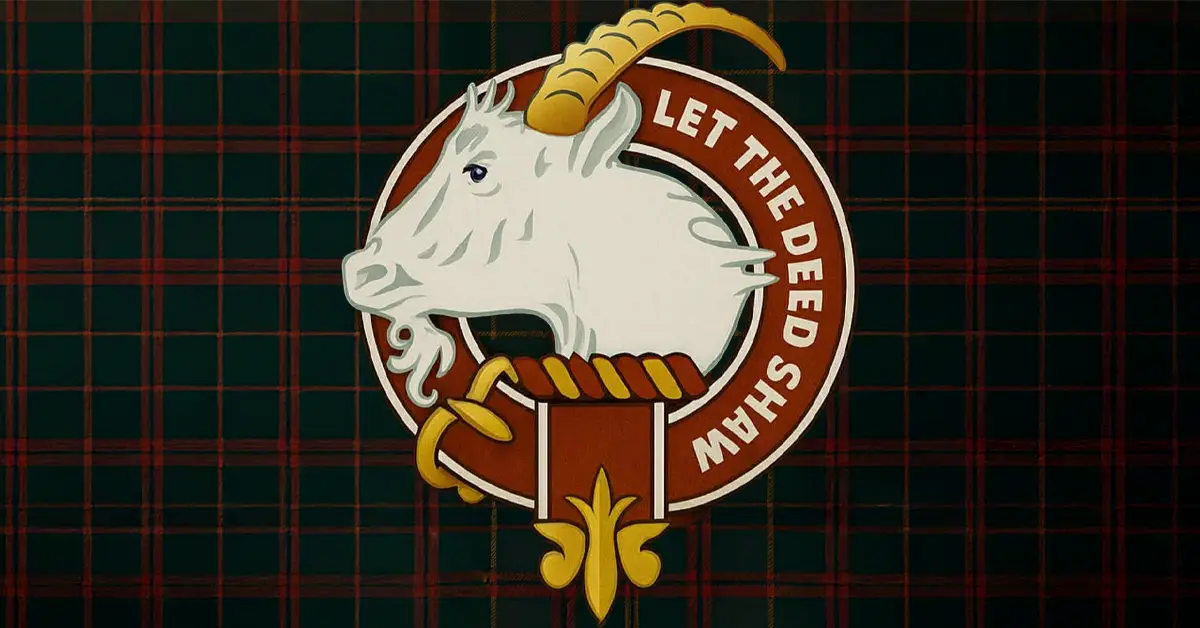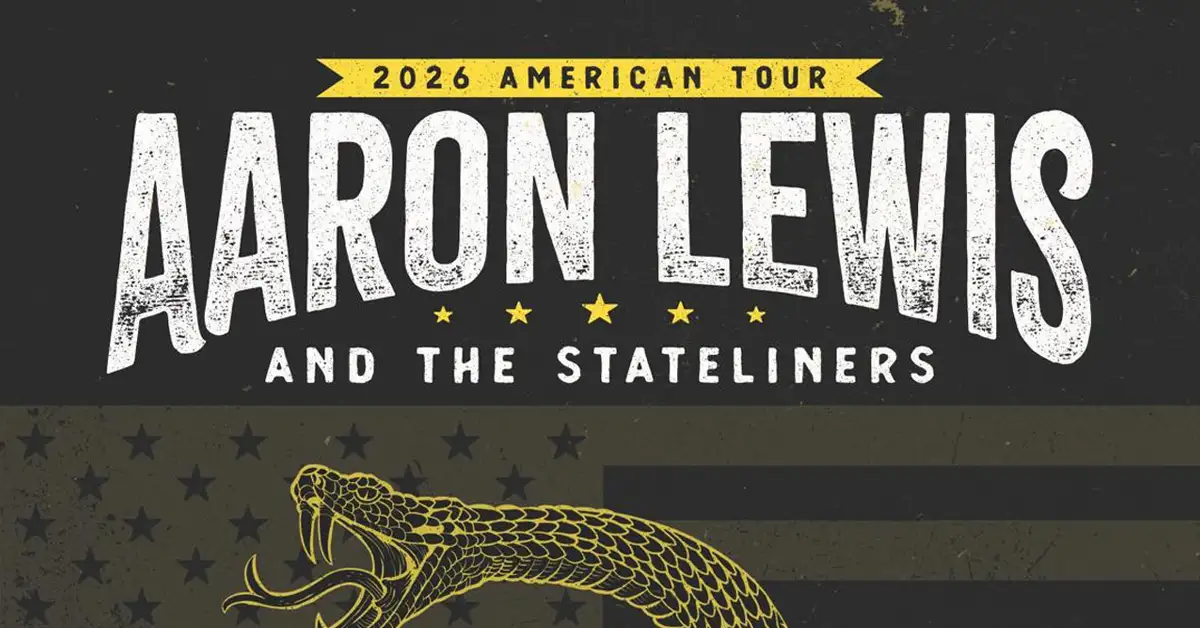“Big Sam” or “Squirrel-Hunting Sam” McCoy played a key role in the escalation of the violence of the Hatfield and McCoy Feud. Known locally for his prowess as a squirrel hunter (from which he received one of his nicknames), Sam was an outdoorsmen of great skill and marksmanship, claiming to have killed 38,000 squirrels with one rifle, and 40,000 with another. Locals also found Sam to be peculiar, neglecting his chores and family duties in favor of long hours of hunting. Legend has it that while Randolph McCoy would threaten the Hatfields for their theavin’ ways, it was some of his sons and nephews (the latter of which included Sam and his brother Paris) who brought brutality to the quarrel.
It is said that Sam and Paris would argue and brawl with Bill Staton, as well as a one Selkirk McCoy (an employee of the Hatfield family business). On June 18th, 1880, in Logan County, West Virginia, Sam and Paris entered into a skirmish with Staton, killing him. Paris was arrested within a month, but Sam evaded capture for two years. They were both put on trial, and it seemed as though the odds were against them, being that “Devil” Anse’s brother, Valentine Hatfield was president of the county court, and the two held considerable political power. In what turned out to be a bizarre twist by today’s standards, Sam and Paris were found not guilty on the grounds of self defense, despite the testimony of McCoys from both sides of the Tug against them. Legend claims that “Devil” Anse Hatfield instigated their release as a gesture of peace to the McCoy clan. Such a gesture is logical, as “Devil” Anse had too much on his mind concerning his logging business to fool with a feud. “Devil” Anse’s symbol of good will, however, fell on deaf ears as far as Randolph McCoy was concerned, as he would scoff at the Hatfields until his last days.
Sam later wrote about his experiences with the feud, claiming that Ellison Hatfield and his family were good to him. His remarks are difficult to comprehend, considering Bill Staton was a part of the Hatfield group, adding to the complexity of the relationships within the feud. Sam was later said to have blamed the McCoys for the feud, alluding that their constant bickering over the hog dispute agitated the Hatfield’s into retaliation. Given all of this, Sam’s contribution to inflaming the violence of the feud is undeniable. Sam would later relocate to Missouri after his home was surrounded and riddled with bullets. His past had caught up with him, and this story serves as a reminder of how a simple dispute can spiral out of control.
Information for this article was gathered from “Feud: Hatfields, McCoys, and Social Change in Appalachia, 1860-1900” (Altina L. Waller, 1988) as well as from Everett Johnson, former curator of the Big Sandy Heritage Center.
Download | Request By Mail









Comments are closed